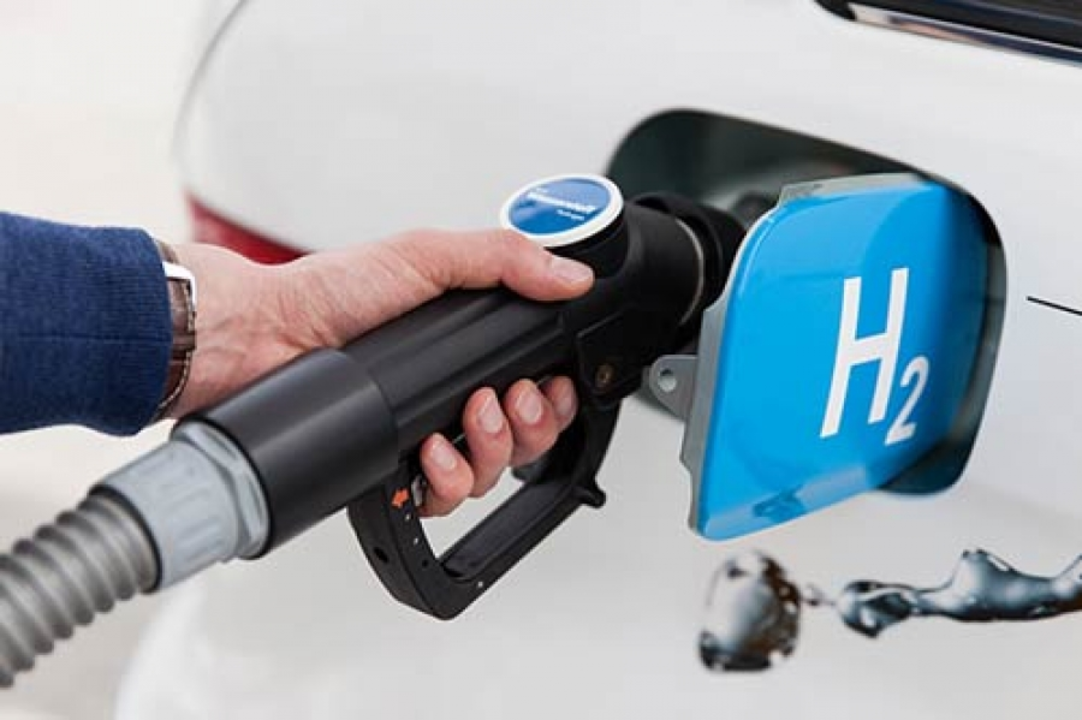As a racing enthusiast, I can't help but wonder what the future of auto racing will look like without gasoline. The shift towards electric vehicles is inevitable, and it'll surely impact how races are held and experienced. I envision an exciting era of innovative technology, with electric race cars that are incredibly fast and environmentally friendly. However, the nostalgic roar of engines will be missed, and the racing community will need to adapt to these changes. Overall, the future of auto racing may be different, but I believe it will continue to thrill and captivate fans worldwide.
Alternative Fuels in Auto Racing: The Road Ahead
Gasoline has been the heart‑beat of racing for a century, but the tide is turning. Today’s fans care about speed, sound, and sustainability, so series are testing electric, hybrid, and bio‑fuel solutions. If you’re wondering how the roar will change, you’re not alone. Below we look at why the shift matters and what it means for the people who live for the checkered flag.
Why the Shift to Non‑Gasoline Power?
Environmental pressure is the biggest driver. Governments are tightening emissions rules, and sponsors want clean images. That pushes manufacturers to showcase their latest green tech on the track where performance is measured in milliseconds. Electric power‑trains deliver instant torque, giving a different kind of excitement that’s hard to ignore. At the same time, bio‑fuels let teams keep a familiar engine sound while cutting carbon output.
What It Means for Fans and Teams
Fans will hear a quieter pit lane, but the speed will stay mind‑blowing. Electric race cars can lap faster than many gasoline models because there’s no gear‑shift lag. Teams, however, must rethink strategy. Battery weight, cooling, and recharge times become new variables, just like tire wear used to be. Engineers are already swapping data sheets for power‑density charts, and you’ll see new pit‑stop rituals around swapping battery modules.
One popular discussion on our hub asks, “What will be the future of auto racing without gasoline?” The answer isn’t a simple yes or no. The post points out that the electric era will bring a fresh wave of innovation—think aerodynamics tailored for silent speed and fan‑engagement tools that show real‑time energy flow. The nostalgic roar may fade, but the community will find new ways to celebrate the sport’s intensity.
Hybrid systems act as a bridge. They let teams keep a gasoline engine for sound while an electric motor adds a power boost. This combo lets races stay familiar while still cutting emissions. Think of it as a “best of both worlds” model that could dominate the next decade.
From a practical standpoint, race organizers are already building charging infrastructure at circuits worldwide. When a venue can refuel a car in under a minute, the whole schedule stays tight, and spectators don’t miss a beat. This technical upgrade also opens doors for nighttime races, as electric cars need less lighting for safety.
If you’re a racer, the switch means new skills. Managing battery health, understanding regenerative braking, and optimizing energy maps become as important as perfecting a cornering line. Drivers who adapt quickly will gain a competitive edge, and training programs are already adding these topics to their curricula.
Bottom line: alternative fuels aren’t just a trend—they’re reshaping the core of auto racing. Whether you’re a die‑hard fan, a casual viewer, or a team member, the coming years will offer fresh thrills. Keep an eye on the track, because the next big roar might be a silent surge of electric power.
